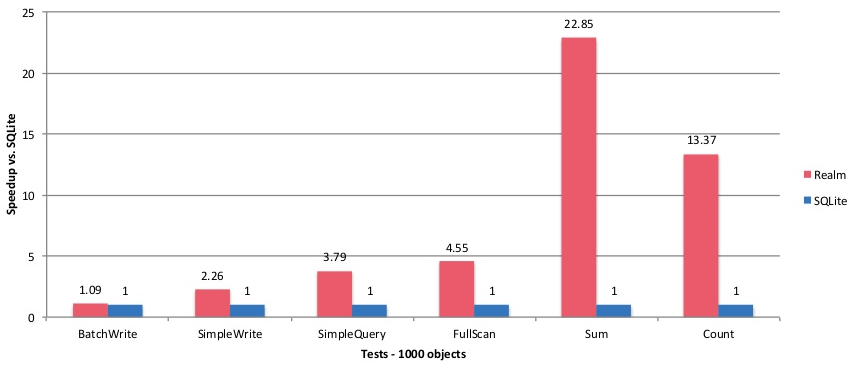Browse, Populate and Export Realm Database On Android
February 5, 2016
I remember discovering Realm library on qudos.io, it was really something magic compared to other database libraries. Realm is written in c++ and describe itself as a SQLite replacement. According to many benchmarks, Realm provides superior performance and cool queries syntax that really motivated me to give it a try…
Realm really met all my expectations, so I decided to test it on production. One of the issues that actually bothered me, is the lack of a database viewer especially for Linux since I’m switching between Ubuntu and Mac all the time, So I decided to make a quick tutorial on how to browse Realm database on these these environments.
For Mac users:
If you’re a Mac user, Realm team already provides Realm Browser, please refer to the next paragraph to figure out how to extract the database from your device.
How to pull database from the device
Since this task might be repetitive along your development process, I’ve made a quick bash script that pulls the database from the device to your desktop. The script is very simpl, pull requests are more than welcome.
For Linux and Windows users:
Things are different here, Realm doesn’t provide any official browser for Linux (Ubuntu …) or Windows. However we’re hackers, finding solutions is our hobby :)
We will rely on Stetho, a Facebook library that works as debugging bridge, we will combine it with Stetho-Realm, a module that make Realm database readable by Stetho.
Enough talk, Let’s see that in action :
- Install the following dependencies
repositories {
maven {
url 'https://github.com/uPhyca/stetho-realm/raw/master/maven-repo'
}
}
dependencies {
compile 'com.facebook.stetho:stetho:1.3.0'
compile 'com.uphyca:stetho_realm:0.8.0'
}
- initialize stetho on your Application class (onCreate) :
public class MyFancyApp extends Application {
@Override
public void onCreate() {
super.onCreate();
Stetho.initialize(
Stetho.newInitializerBuilder(this)
.enableDumpapp(Stetho.defaultDumperPluginsProvider(this))
.enableWebKitInspector(RealmInspectorModulesProvider.builder(this).build())
build());
}
}
- Launch your app
- Once started, Open Chrome Browser, type
chrome://inspectand choose your running device then navigate toresourcesand finallyWeb Sql. - And voila, you should see your database entries there.

